Ensuring Success Through Compliance: Overcoming Challenges in the Pharma Industry
- Jessica R.
- February 21, 2024
- Edited February 21, 2024
Table of Contents
In the fast-paced world of the pharmaceutical industry, staying on top of regulatory requirements is not just a good practice—it’s a necessity. Ensuring that products are safe, effective, and accessible to those who need them most is a responsibility that falls on every player in the sector. However, this task comes with its set of hurdles. This post will dive deep into the challenges of maintaining pharmaceutical regulatory compliance and explore practical solutions to overcome these obstacles. Our goal is to shed light on the importance of compliance and how it can be managed more effectively, ensuring that companies not only survive but thrive in this demanding industry.
Understanding the Stakes of Pharmaceutical Regulatory Compliance
Pharmaceutical regulatory compliance is a critical aspect that demands attention and precision. It involves adhering to laws and regulations set by governing bodies to ensure that pharmaceutical products are safe for consumption and achieve their intended use. The stakes are high, as failure to comply can lead to severe consequences, including legal penalties, financial losses, and damage to a company’s reputation. Moreover, the ultimate goal is to protect public health, making compliance a top priority for pharmaceutical companies.
Navigating Regulatory Complexities
One of the primary challenges in maintaining pharmaceutical regulatory compliance is the complexity of regulations themselves. These rules can vary significantly from one country to another, creating a maze of requirements that companies must navigate. Furthermore, regulations constantly evolve, with new guidelines emerging as scientific knowledge and technology advance.
Solution: To tackle this challenge, companies should invest in ongoing training for their staff. Keeping employees informed about the latest regulations and industry standards is crucial. Additionally, leveraging technology, such as compliance management software, can help streamline the process of tracking regulatory changes and ensuring that all aspects of a company’s operations remain compliant.
Balancing Innovation with Compliance
Innovation is the lifeblood of the pharmaceutical industry, driving the development of new drugs and treatments. However, companies often find themselves walking a tightrope between pushing the boundaries of science and staying within regulatory limits.
Solution: Establishing a solid collaboration between the research and development (R&D) teams and regulatory affairs specialists is vital. This partnership ensures that innovative projects are designed with compliance in mind from the outset, reducing the risk of costly setbacks later on. Early engagement with regulatory bodies can also provide valuable guidance and help smooth the path to market for new products.
Managing Data Integrity and Transparency
Data integrity is a cornerstone of pharmaceutical regulatory compliance. Accurate and reliable data is essential for demonstrating the safety and efficacy of pharmaceutical products. However, managing vast amounts of data, ensuring its accuracy, and maintaining transparency can be daunting tasks.
Solution: Implementing robust data management systems is crucial. These systems should ensure that data is collected, stored, and analyzed in a way that meets regulatory standards. Regular audits and quality checks can also help identify and address any issues with data integrity. Transparent reporting practices, including sharing clinical trial data with the public and regulatory bodies, can further bolster a company’s compliance efforts.
Adapting to Digital Transformation
The digital transformation of the pharmaceutical industry presents both opportunities and challenges for regulatory compliance. Companies adopting new technologies, such as artificial intelligence (AI) and blockchain, must also ensure that these innovations comply with regulatory standards.
Solution: Companies should work closely with regulatory bodies to understand how digital innovations fit within the current regulatory framework. Participation in industry groups and forums can also provide insights into best practices for integrating new technologies compliantly. Moreover, investing in cybersecurity measures is essential to protect sensitive data and maintain compliance in the digital age.
Conclusion
The challenges of maintaining pharmaceutical regulatory compliance are significant but manageable. Companies can navigate these hurdles by understanding the complexities of regulations, fostering innovation within a compliant framework, managing data with integrity, and embracing digital transformation responsibly. Investing in employee training, leveraging technology, and facilitating open communication with regulatory bodies are key strategies that can lead to a culture of compliance. Ultimately, the goal is to ensure that the pharmaceutical industry continues to deliver safe and effective products to the market, upholding its commitment to public health. Embracing compliance as a pivotal part of business strategy mitigates risks and paves the way for sustainable growth and success in the ever-evolving pharmaceutical sector.
Read More:
Regulatory Affairs in Pharmaceutical Industry

Jessica R.
Jessica is a seasoned GMP compliance consultant and technical writer specializing in pharmaceutical manufacturing, data integrity, and quality assurance. With over 12 years of experience working with global pharmaceutical firms, Jessica brings deep industry insights into FDA, EMA, and MHRA regulations.
